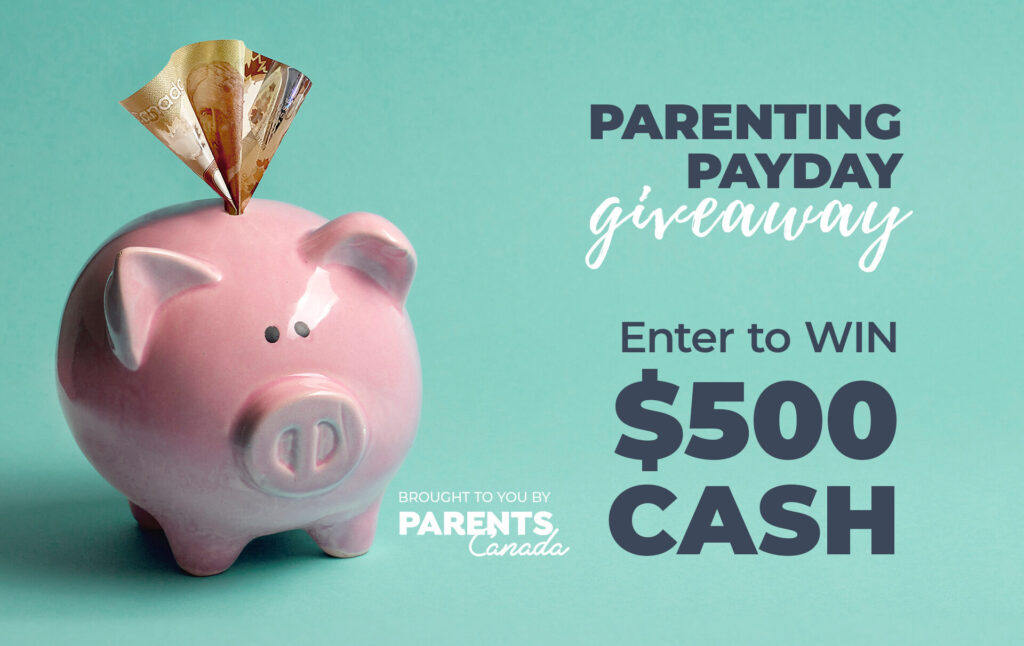If you’re like most parents, one of your goals is to maintain and restore peace within your home as quickly after an eruption as possible. So, you jump in to stop sibling squabbles and try to move an argument with your spouse away from your child’s space. But what happens when your toddler expresses anger? Do you again try to stomp out the fiery fire as soon as it sparks? And what message are you sending your child about his or her right to express anger? Let’s say, for example, that your toddler yells at you to “leave me alone” as you’re trying to put her shoes on to go outside or pulls the cat’s tail when he walks across the puzzle she is attempting to put together. Do you tell her to put her angry words away if she wants to go outside or send her into time out because she’s hurt another living being? Or do you remain calm, acknowledge feelings and read between the lines to try to understand the source of the anger?
Here are some things to keep in mind when handling an angry toddler:
1. Is there a physiological reason for the emotional outburst?
Very often, if your toddler is tired, hungry or thirsty, his emotional tone and response will seem disproportionate to the situation at hand. Even for adults, this is true. If you believe this to be the cause of your toddler’s emotional response, simply take steps towards remedying the situation by ignoring the behaviour and planning for an earlier bedtime or providing him with a healthy snack as soon as possible.
2. Acknowledge feelings
Anger is as important and healthy an emotion as any other. Holding anger in can be more damaging than letting it out. It’s important to let your toddler know that anger is an acceptable emotion but his or her behaviour may not be. You can do this by saying something like: “I see that you’re angry at the cat for stepping on your puzzle.”
3. Then, offer suggestions for a change in behaviour next time
For example: “Next time you’re angry at the cat for stepping on your puzzle, please ask me to put him out of the room. Pulling his tail hurts.”
4. Ask “is this normal?”
Understanding your toddler’s stage of development may help you to normalize the behaviour, or not. Often, a toddler’s desire for increased independence will lead to feelings of anger. Not being able to empathize with others may also lead to anger. Sometimes not having enough words to describe feelings may lead to angry actions instead.
5. Let your child know how his behaviour affects others and establish limits
“When you hit me I feel upset because hitting hurts. It’s okay to feel angry, but next time you hit, I will take you to another part of the room so that you can have some time away from others.”
6. Does your child need your help?
If a child is showing frustration in the form of anger, acknowledge the feelings of frustration, then offer assistance. If your child appears out of control, you may want to consider containing his or her physical and emotional flailing in a loving, comforting way by wrapping your arms around him, putting him on your lap and calming him through soothing words and touch.
Also remember to model your anger in a way that is consistent with what you’d like to see in your toddler. For example, it’s okay to show anger and allow anger to be shown by others so long as no one is getting hurt and the anger is being expressed in a respectful manner.
Originally published in Me & Mom, 2014.

















 ️
️
Today's a great da
Today's a great da

